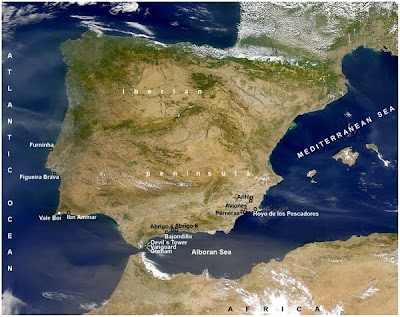Sand Grains
Sand Grains from Matchbox Media Collective on Vimeo . In Cape Verde, fishing is not only a way of life but a vital source of income. As global fish populations fall, the EU is plundering the island's precious resource. José returns to his country to witness his fellow islanders fighting for survival, selling the very sand that makes up their beaches. Sandgrains is a crowdfunded documentary produced under a creative commons licence. The project draws on support, talent and expertise through interactive web technology and social networks. It uses crowd-funding and crowd-sourcing as production strategy and reaches out to a global audience that performs a vital role in driving the project itself.


